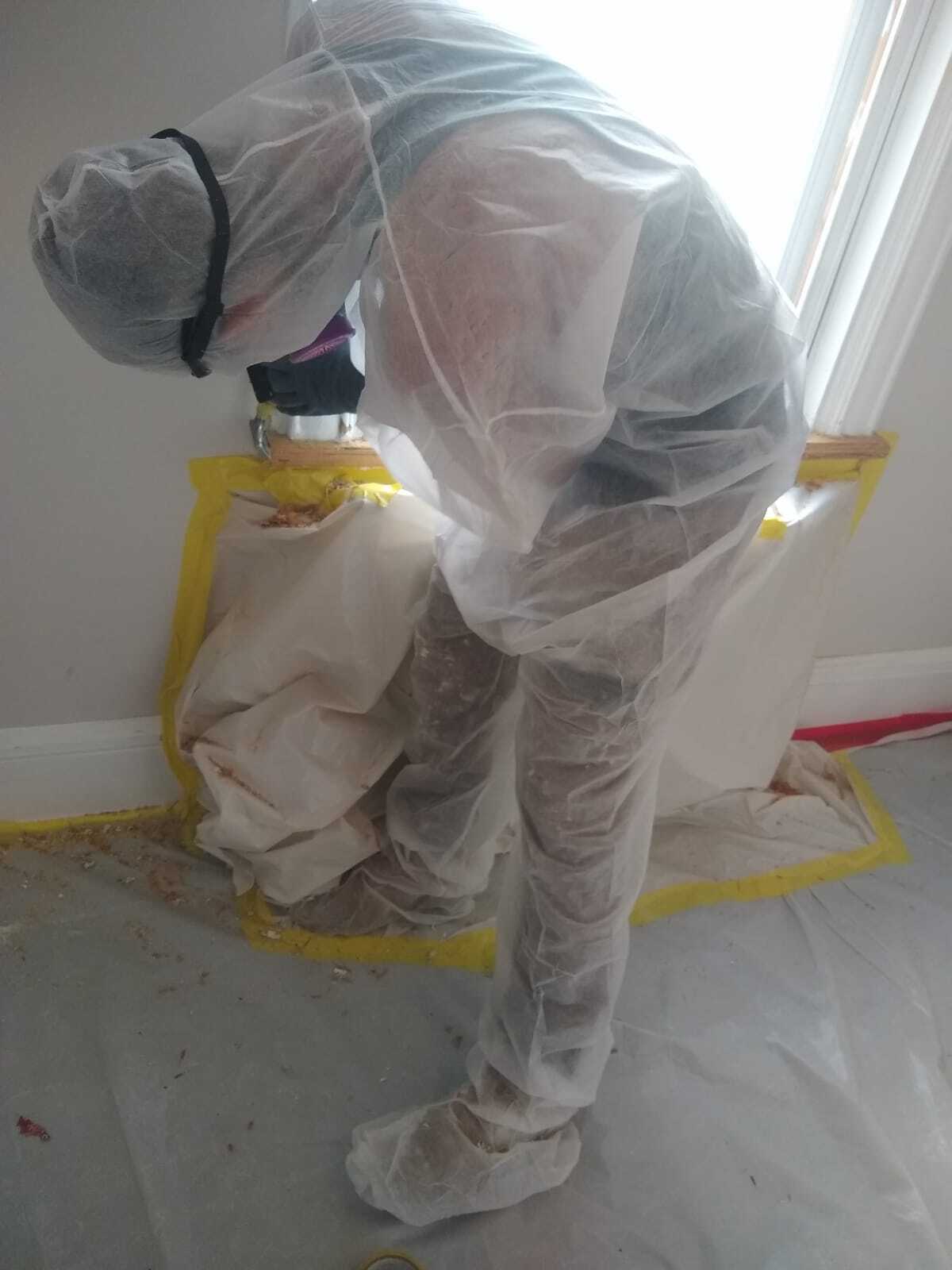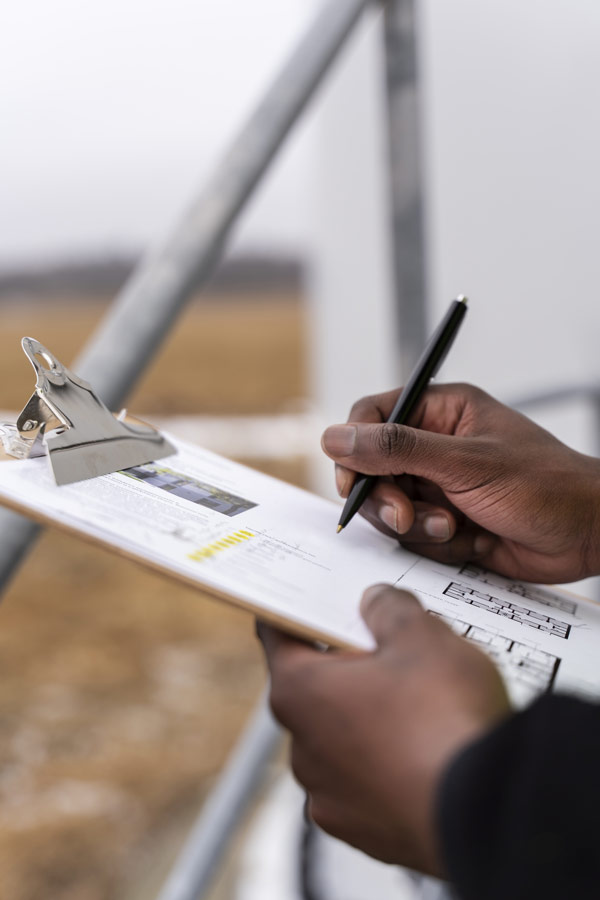Ideal Practices for Guaranteeing Safe and Extensive Lead Violation Reduction
Attending to lead violation reduction needs a multi-faceted strategy to make certain both safety and security and compliance. It's the last clearance process, entailing extensive inspections and research laboratory testing, that absolutely verifies a lead-free atmosphere, ensuring lasting safety and security. Exactly how do these practices interconnect to guarantee detailed lead abatement?

Initial Assessment
Carrying out a preliminary evaluation is a vital initial action in lead offense reduction. This stage incorporates a comprehensive analysis of the residential property to identify the visibility, extent, and specific places of lead-based threats. Certified experts, such as licensed lead examiners or risk assessors, ought to do a thorough site evaluation, using tools like X-ray fluorescence (XRF) analyzers to properly spot and measure lead focus in paint, dust, dirt, and water.
The analysis needs to also consist of a testimonial of the structure's history, previous records, and any issues or health and wellness problems reported by occupants - Lead Removal Contractors. Recording the searchings for meticulously is essential, as these records form the basis for establishing a reliable abatement method. A detailed assessment additionally entails sampling and laboratory analysis, which are crucial to confirm the presence of lead and overview succeeding actions
Additionally, it is crucial to connect the outcomes transparently to all stakeholders, consisting of homeowner, occupants, and regulative authorities. By making sure that the first analysis is conducted with precision and rigor, specialists can lay a strong structure for a targeted and reliable lead reduction procedure, eventually protecting public health and ensuring conformity with regulatory criteria.
Correct Control
Proper control is essential to prevent the spread of lead impurities during abatement activities. Properly handling containment minimizes the danger of lead dust and particles moving to non-work locations, thereby protecting both the setting and people outside the immediate work zone.

Normal examinations of the containment area are essential to look for breaches or weaknesses in the barrier. Any identified issues must be quickly dealt with to maintain the honesty of the control. By adhering to these practices, abatement tasks can efficiently control lead contamination and minimize affiliated health and wellness risks.
Worker Protection
Making sure worker security is critical during lead reduction projects to avoid work-related exposure to harmful lead bits. Necessary actions consist of the usage of personal safety devices (PPE) such as respirators, handwear covers, and full-body matches specifically made to obstruct lead dust and fumes. Workers need to undertake comprehensive training on the proper usage and upkeep of PPE, consisting of fit screening for respirators to guarantee optimum efficiency.
Engineering controls, such as local exhaust ventilation systems, are important in lessening airborne lead concentrations in the job setting. Management controls must likewise be executed, including limiting the period of direct exposure and revolving workers to lower specific direct exposure times. Normal clinical monitoring and biological surveillance are important for very early detection of lead absorption, allowing timely intervention and treatment.
Moreover, developing a purification protocol is essential. Workers have to follow rigid decontamination procedures before breaks and at the end of their shift to stop lead dirt from Click This Link being carried outside the job location. This consists of extensive hand and face cleaning with lead-specific cleaner and transforming out of contaminated clothing.
Meticulous Clean-up
Preserving a safe work setting prolongs past employee defense and includes meticulous clean-up to guarantee lead bits are extensively removed from the website. The process of thorough cleaning is vital in protecting against the recontamination of the abated area and guarding both current and future residents.
To accomplish a thorough cleanup, all job areas need to be systematically sanitized. This includes using specialized HEPA (High-Efficiency Particulate Air) hoover and wet-wiping strategies to capture and get rid of great lead dirt that might have resolved on surface areas. It is vital to cleanse all straight surface areas, including floorings, window sills, and counter tops, along with vertical surfaces that might have trapped lead fragments.
Workers should wear ideal personal safety tools (PPE) throughout cleanup to avoid exposure to residual lead dust. Used cleaning materials such as wipes, sponges, and wipe heads must be thrown away based on contaminated materials disposal guidelines.

Final Clearance
Last clearance is the critical concluding stage of lead reduction that identifies whether the site is safe for reoccupation. This essential step involves detailed examination and testing to validate that all lead risks have actually been efficiently eliminated.

Last clearance testing not just shields future passengers however also sites ensures compliance with regional, state, and federal guidelines. Moreover, it functions as a documented recognition of the reduction professional's adherence to market best techniques. Making sure an extensive and successful last clearance is crucial in safeguarding public wellness and cultivating count on in the abatement process.
Verdict
Ensuring risk-free and complete lead infraction their website abatement requires a diverse method incorporating first assessments with advanced detection techniques, effective containment approaches, rigid worker security methods, and meticulous cleaning treatments. The last clearance phase, including thorough inspections and lab screening, is crucial to validate conformity with EPA requirements. Adherence to these ideal techniques assures a secure environment for passengers, mitigates wellness dangers, and supports regulatory demands, therefore advertising public health and wellness and security in lead-affected areas.